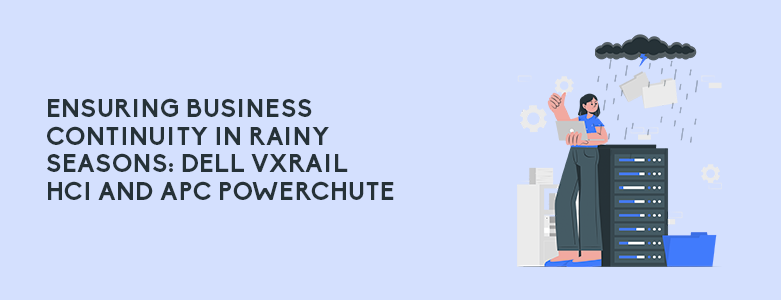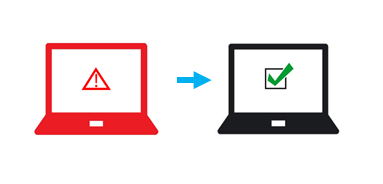Ensuring Business Continuity in Rainy Seasons with Dell HCI and APC Powerchute

We are all familiar with the unpredictability and severity of the Philippines weather. Heavy rainfall can cause potential power outages that can disrupt business operations. Jeopardizing everything from data integrity to employee productivity. However, Philippine Businesses can be assured that they can improve their resiliency during the rain-drenched months with technologies from Dell and APC. […]
ECQ Success Stories: CT Link Services Remotely Restores Client’s Web Services

Disruption to your business can happen without any notice. This was felt by everyone when the enhanced community quarantine (ECQ) was suddenly implemented last March 2020. Companies were forced to adopt a Work From Home program where servers are expected to be always available even when unattended. Client Challenge A couple of days into the […]
Enhanced Quarantine: Protect your Philippine Business from Covid-19 Disruptions
With the Covid-19 impacting almost everyone, companies are reviewing their business continuity strategy during this unplanned disruption. To keep the business up and running, organizations must take a more comprehensive approach encompassing both organizational measures and technologies to minimize disruption, maintain security, and support uninterrupted productivity for users and teams. Best practices for a complete […]
Ransomware attack causes Telemarketing Company to shutdown for the Holidays
Last year before the holidays, an Arkansas-based telemarketing firm was hit by ransomware. Their employees at the time didn’t even know they were hit by it, however they felt the repercussions of the attack. More than 300 employees were sent back to their homes and told that it would be best to try looking for […]
5 Data Protection Requirements in Healthcare That Unitrends Can Help with
When it comes to business continuity, the healthcare industry faces many unique requirements and challenges. With the need of 24 hours, 7 days a week and 365 days availability, and the need to safeguard the content of their electronic health records (EHRs), it can be a hard task to fulfill while still keeping within a […]
Cloud Backup vs. BCDR: The Difference Between the Two Data Protection Strategies
When discussing whether business’ have a business continuity and disaster recovery (BCDR) in place, many would say that they have some in place but really only have Cloud Backup in place. So, what is the difference between the two? Cloud backup, simply put, is backing up your data to a remote cloud-based server which is […]
